Last updated: October 12, 2024
silk threads
The History of Silk Thread and Why We Love It
Have you ever wondered why your quilt feels so heavenly when stitched with silk thread? Well, it is thanks to some incredibly dedicated silkworms. Silk production, a process dating back thousands of years, is a remarkable gift from nature. The silk creation process starts with these tiny creatures. From the worm to the decorative stitching in your quilt, we will outline the methods of turning a strand of silk thinner than human hair into a beautiful and strong silk thread.
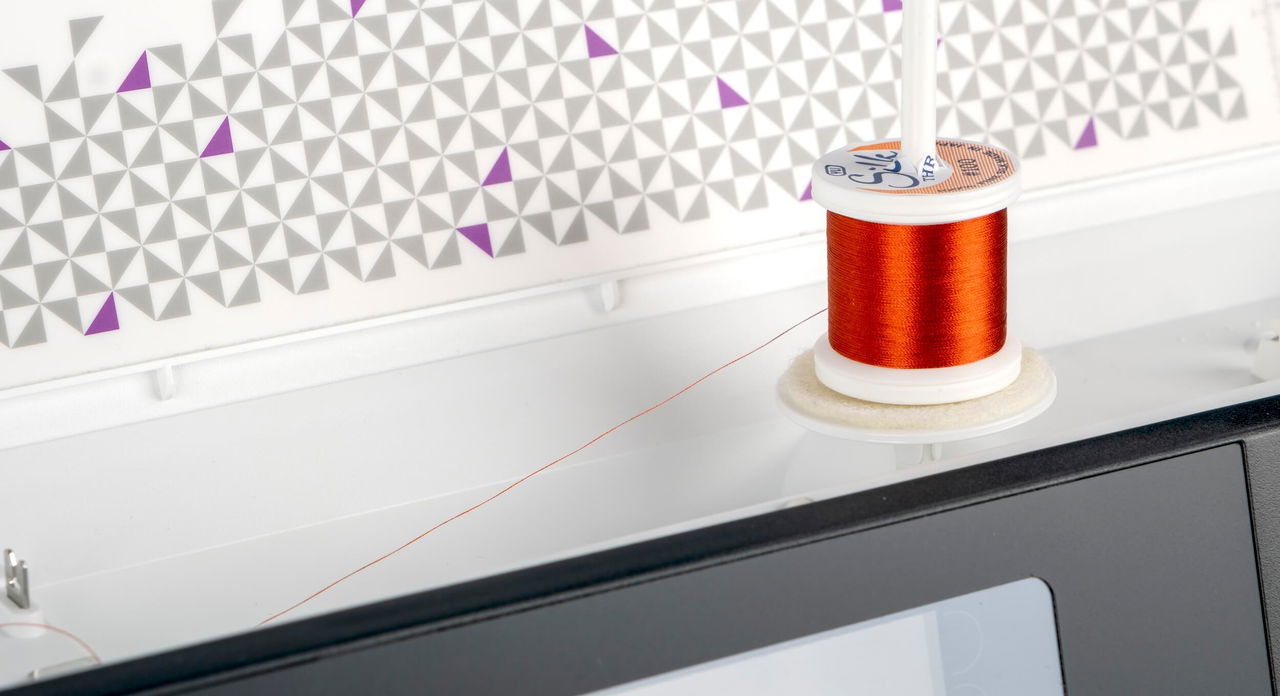
The Silkworm
Can a worm be cute? I’m unsure if we could ever classify silkworms as cute, but silkworms aren’t your average backyard caterpillar. Technically a caterpillar (not a worm), they are the larvae of the Bombyx mori moth, and these larvae are in the business of mass-producing fine, silky strands of luxurious fiber. They start their lives as eggs, which female moths can lay up to 500 at a time. Once hatched, these little silk spinners munch on a special diet of mulberry leaves nonstop. Talk about a high-fiber diet! Mulberry leaves are the optimal food source due to their nutritional profile, containing the necessary amino acids, minerals, and vitamins that the worms need to grow. Roughly six weeks after hatching, they are ready to start spinning their silky cocoon home.
Spinning the Silky Safehouse
When the worms have grown and are ready to transform into a pupa (chrysalis), they attach themselves securely to a branch and start spinning. Spinning a cocoon is far more demanding than the spin class I took in January for my New Year’s resolution (sorry that I didn’t return for class, instructor Whitney). Imagine doing the twist 300,000 times over 72 hours to create a cocoon! The silk cocoon contains between 800-1,000 yards of silk fiber. Fun fact: it takes up to 3,000 silk cocoons to produce a pound of silk! That’s a lot of twisting.
The Boiling Plot
Once the cocoons are ready, they’re dunked in boiling water. This step is crucial for softening the sericin (the natural glue-like substance that keeps the silk fiber together in the cocoon) to extract the silk threads without tangling. This may be the most critical step in creating silk thread. The cocoon must be submersed for just the right amount of time at the right temperature. It’s like a Goldilocks and the Three Bears scenario: too long, and the silk doesn’t unwind in a single strand; too short, and the glue is tacky and causes the fibers to snag and break frequently.
Did you know that it takes up to 3,000 silk cocoons to produce a pound of silk? That’s a lot of twisting!
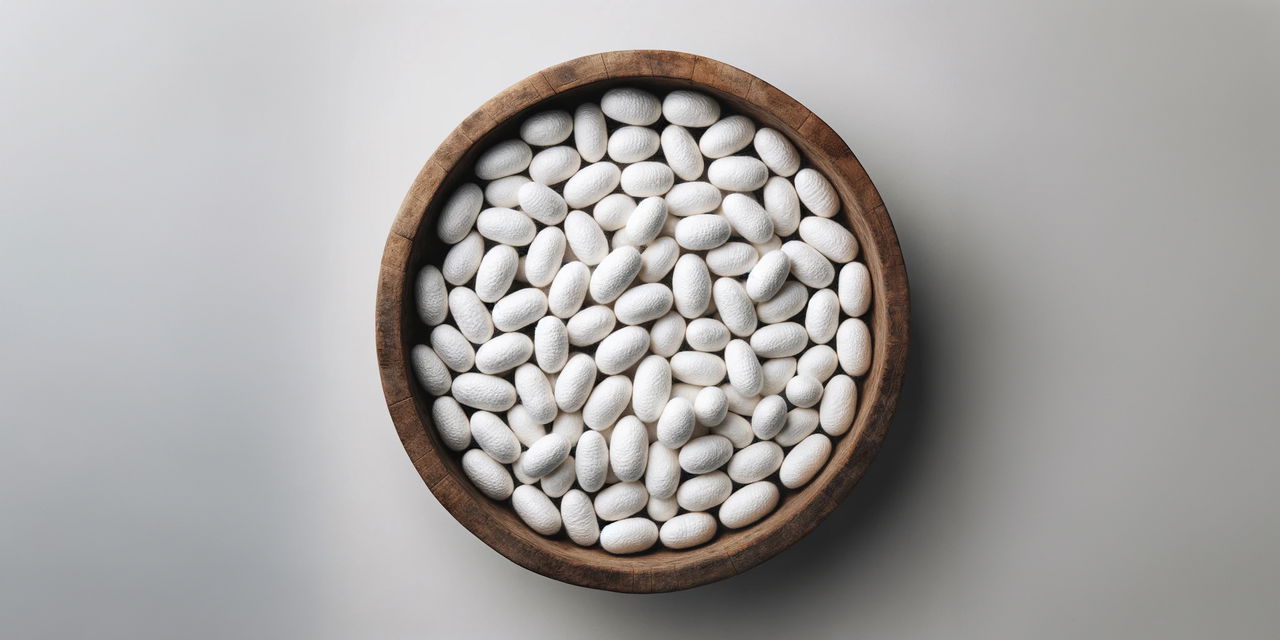
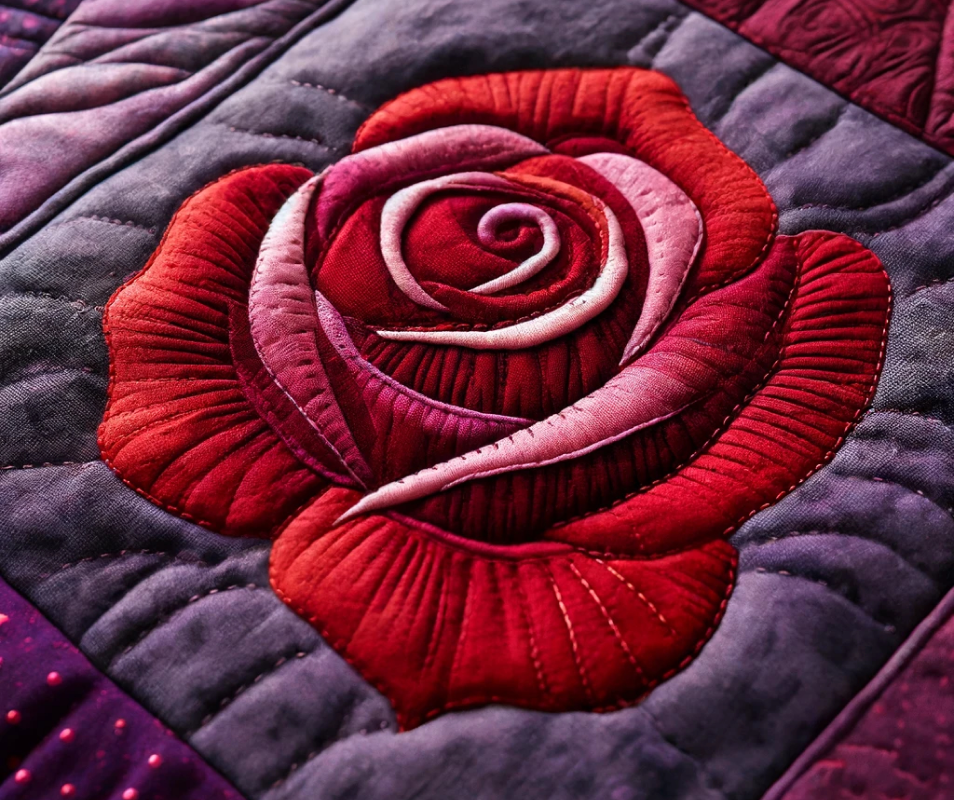
Twisting for Consistency and Strength
Reeling the silk onto spindles creates a continuous filament of silk fiber. This continuous filament can now be twisted with additional filaments to make Silk Thread. This step is crucial for turning filaments (single silk fibers) into a usable, high-tensile silk thread that can withstand the rigors of high-speed stitching. Twisting increases the cohesion and strength of the silk filaments, making them more suitable for quilting. The twisting also helps the threads absorb the dye more evenly, resulting in a more uniform color.
Silk threads are prized for strength, sheen, and smoothness, making them ideal for various quilting and sewing projects. Silk fibers can be twisted into different diameters during the twisting phase, resulting in thick and thin threads with specific use cases. Finished silk threads consist of several plies. In the context of thread, "ply" or “plies” refers to the number of individual strands of fibers, in this case, silk fibers, twisted together to make the finished thread. This twisting process combines multiple filaments to create a thread that is stronger and more durable than a single filament on its own.
Silk fibers are strong thanks to their natural proteins, primarily fibroin. This biological engineering allows silk to be strong and stretchy, a rare combination in natural fibers.
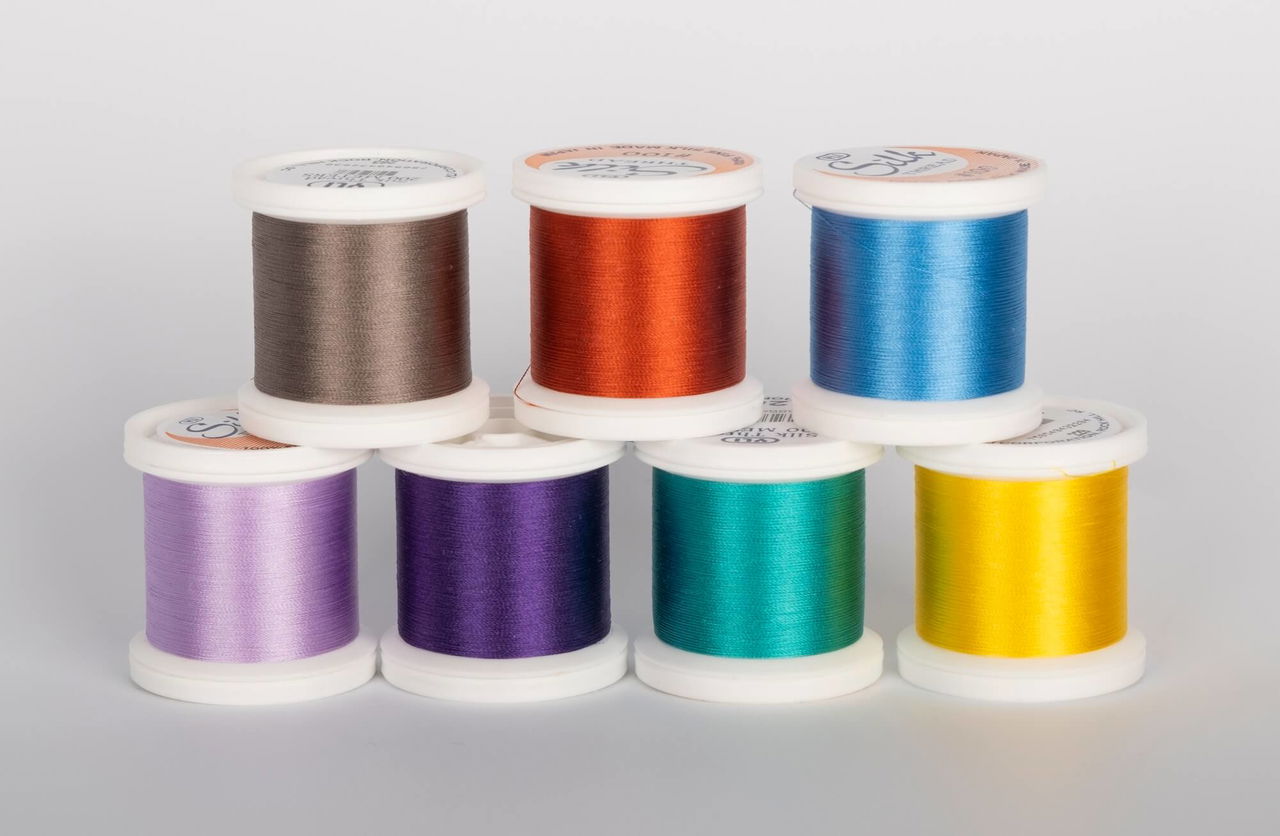
A buttonhole silk thread is thick and bulky. As the name suggests, it is designed to stitch buttonholes on heavy fabrics such as wool. Due to its sheen and heft, it is commonly used for hand-stitching decorative stitches.
A #30 silk thread is a heavier weight thread, but a #30 silk is not as heavy as buttonhole silk. Its primary use is decorative stitching, where a bold thread is desired.
A #50 silk thread is a medium-weight silk thread. It balances strength and delicacy well. Its primary use is for blending topstitching.
A #100 silk thread is a fine-weight silk thread commonly used for binding quilts, detail quilting, English paper piecing, garment construction, and applique.
A Dyeing Art
Once the silk has been washed and degummed (the sericin removed from the fibers), we're ready to add color. Historically, this involved dipping the silk in natural dyes made from fruits or plants like indigo. Today, we have advanced dyeing technology that allows for a more hands-off approach and an incredible selection of colors. The dyeing process starts with soaking the fibers in a vat of dye, drying the threads, and soaking again to ensure a uniform hue.
Quilters' Delight
Why do quilters adore silk thread? Its strength and smoothness make it a dream to work with. Whether binding, quilting, or stitching delicate appliqué, silk thread glides through fabric with a grace that’s tough to match. Its lustrous finish adds a touch of elegance to any quilt, making it the go-to thread for heirloom quilts. There is something unique to silk threads, given its ancient roots as a luxury textile.
Silk has been used in textiles for a very long time, with its origins tracing back to ancient China. The earliest known example of woven silk fabric dates to around 3630 BC! If you are feeling inclined to spend time learning more about silk production thousands of years ago, research “The History of Silk.” You will be fascinated!
We know silk is stronger than other natural fibers like cotton or linen. It’s comparable in strength to synthetic fibers like polyester, too. Finding another thread fiber with equal characteristics is difficult when compared on a diameter-to-diameter basis. Silk fibers are strong thanks to their natural proteins, primarily fibroin. This biological engineering allows silk to be strong and stretchy, a rare combination in natural fibers.
We encourage you to applique, bind, English Paper Piece, and quilt with silk thread to experience nature’s most luxurious fiber.
Happy quilting!
Education Article by Bob Purcell
Published on July 21, 2024
More Silk Thread Articles
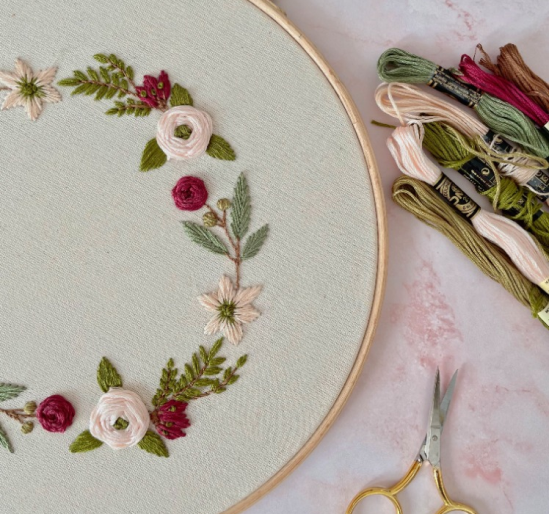
Lorem ipsum
6 Things You Didn’t Know About Silk
Lorem ipsum dolor sit amet consectetur. Risus volutpat venenatis diam eu.
read More

Lorem ipsum
Material Guide: How Sustainable is Silk?
Lorem ipsum dolor sit amet consectetur. Risus volutpat venenatis diam eu.
read More

Lorem ipsum
How to Build Better Silk
Lorem ipsum dolor sit amet consectetur. Risus volutpat venenatis diam eu.
read More